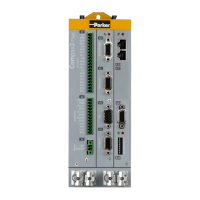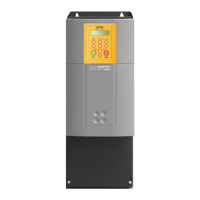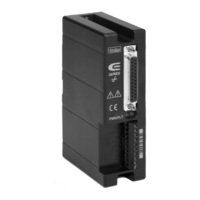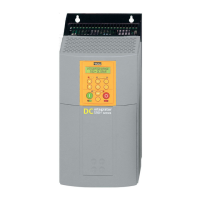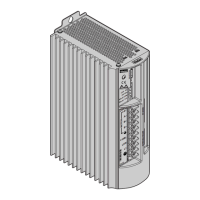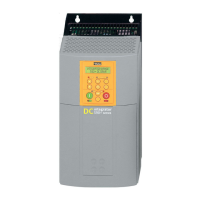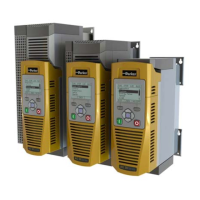Parker EME
Setting up Compax3
192-120114 N5 C3I22T11 June 2008 239
B: Structure image of the signal processing,
D/E: Structure of Cam
Control structure (see page 212, see page 214, see page 205)
Symbols
TRF
2110.1
Trackingfilter
The displayed filter influences all outputs of the tracking filter.
Number: Object number of the filter characteristic
Differentiator
Output signal = d(input signal)/dt
The output signal is the derivation (gradient) of the input signal
Filter
Number: Object number of the filter characteristic
interpolation
500µs => 125µs
Interpolation
Linear Interpolation.
Values in the 500µs grid are converted into the more exact time
grid of 125µs.
Note:
A setpoint jerk setpoint feedback is not required for external setpoint specificati-
on.
The description of the objects can be found in the object list.
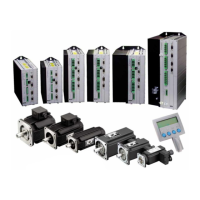
